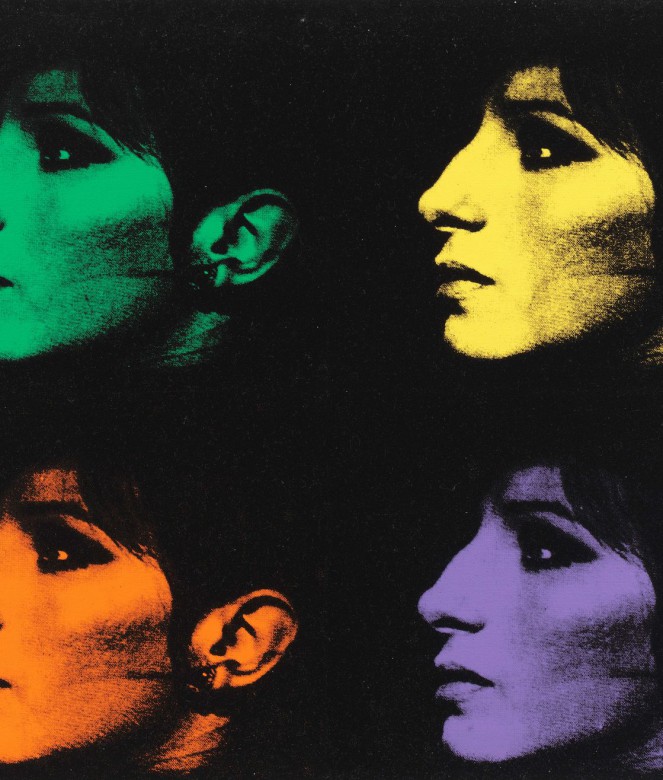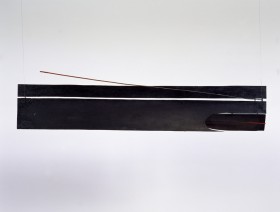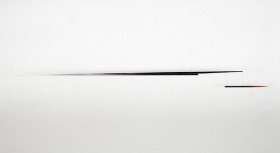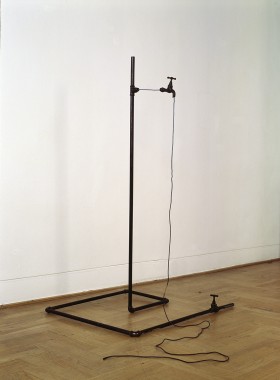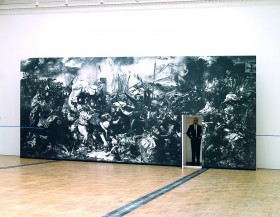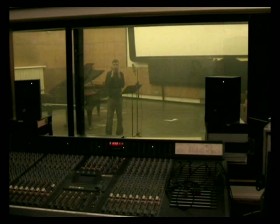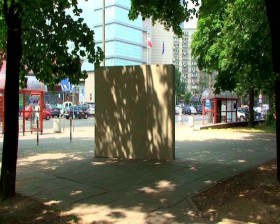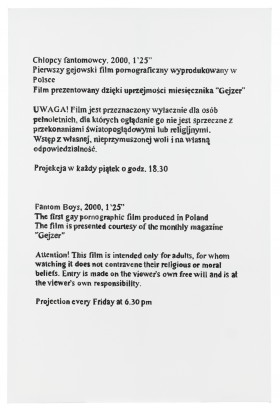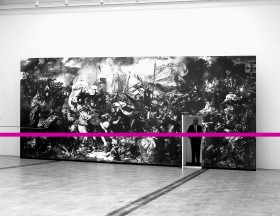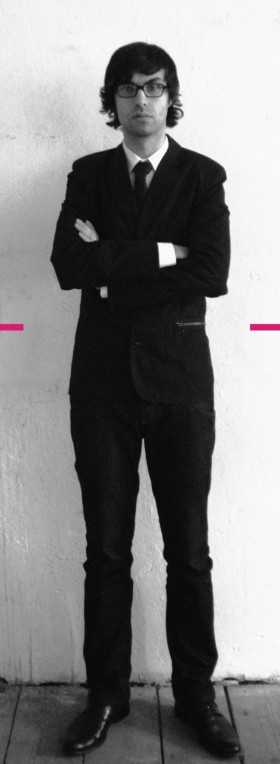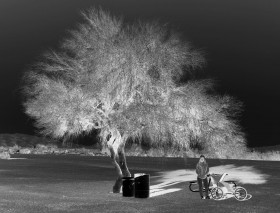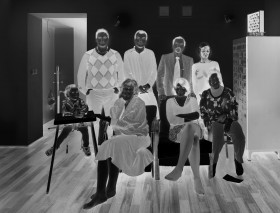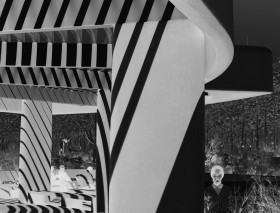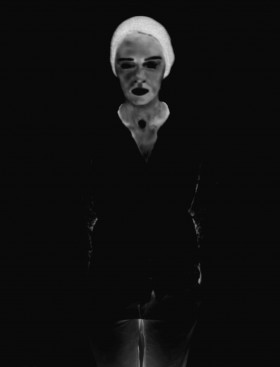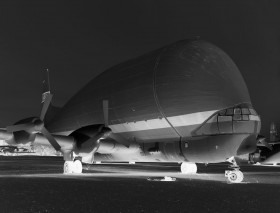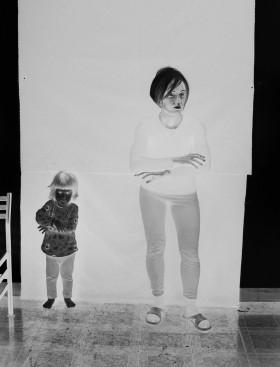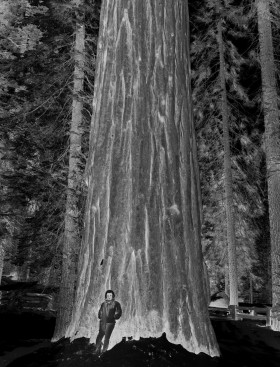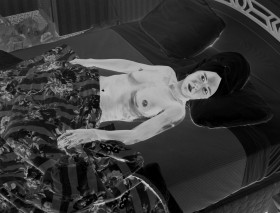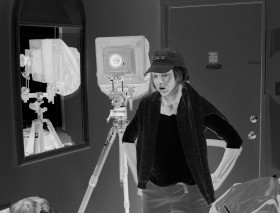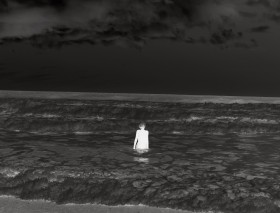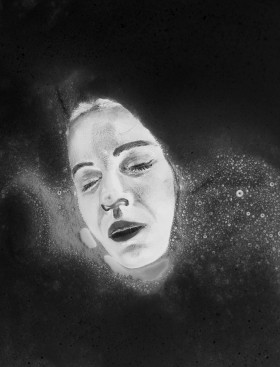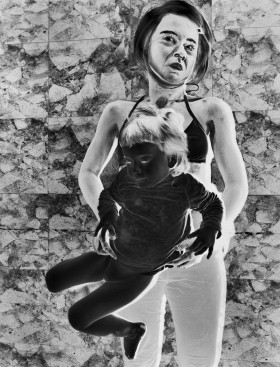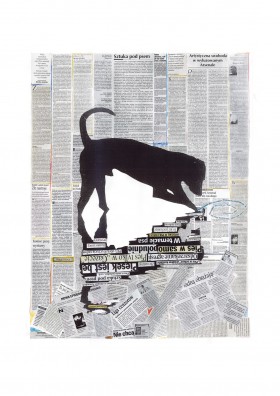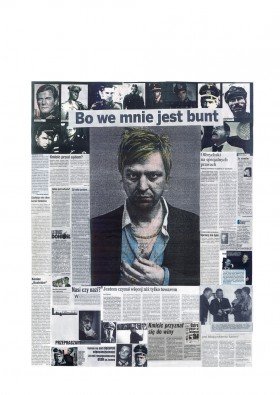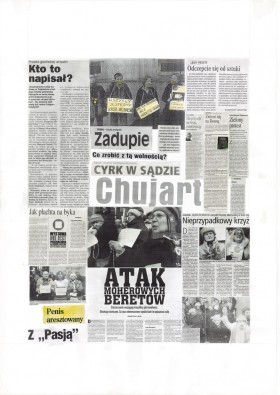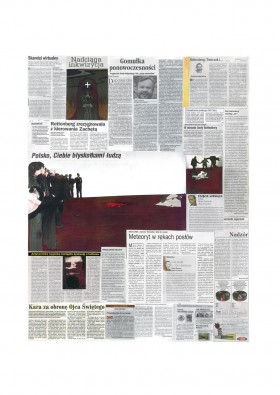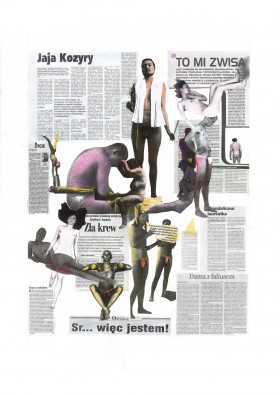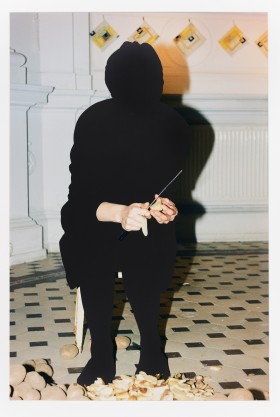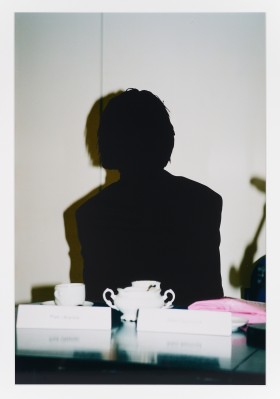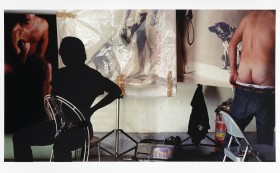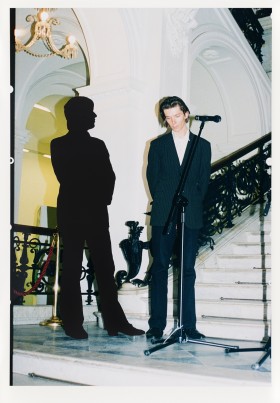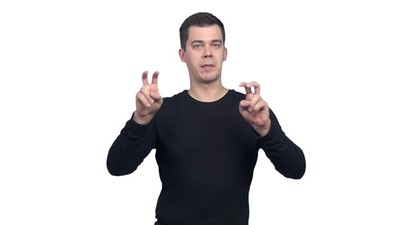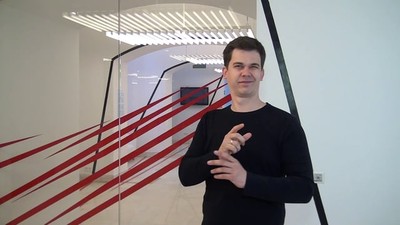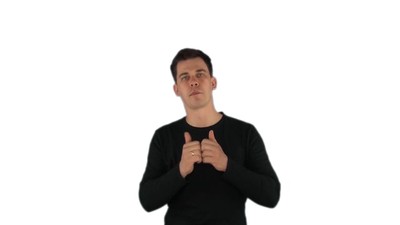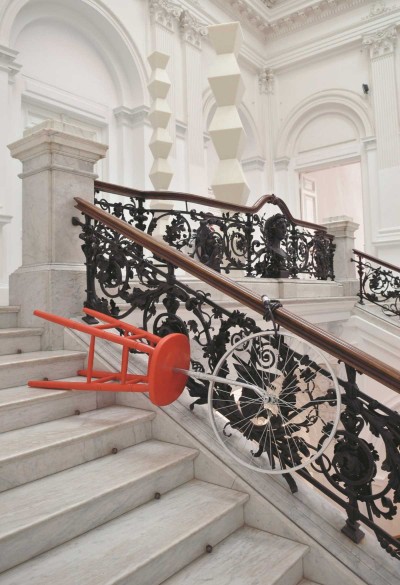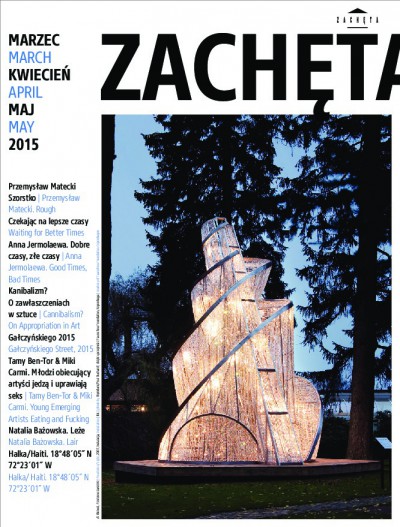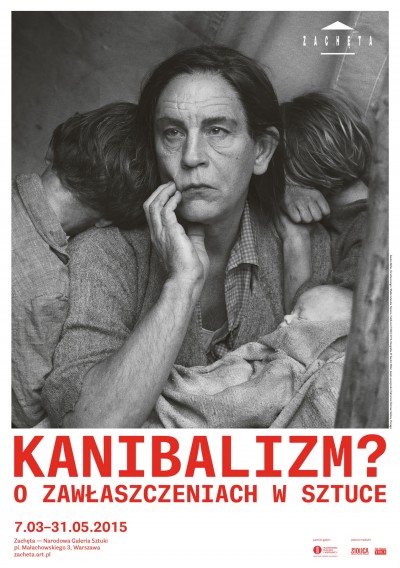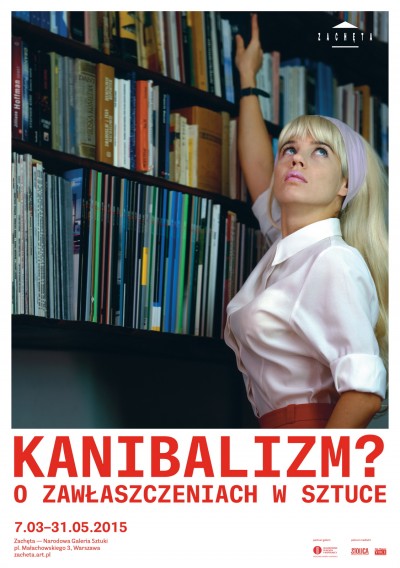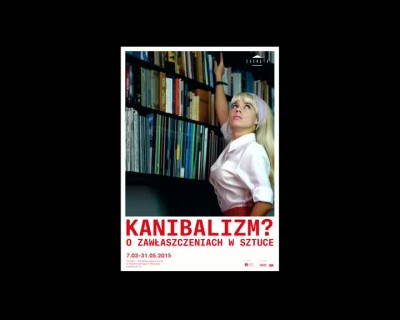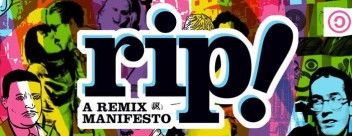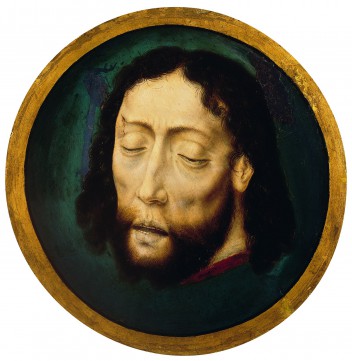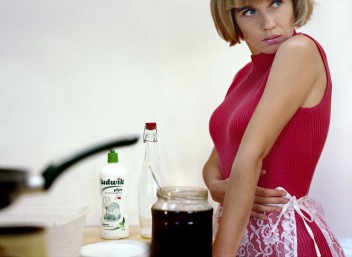Cannibalism? On Appropriation in Art
07.03 – 31.05.2015 Cannibalism? On Appropriation in Art
Zachęta – National Gallery of Art
curator: Maria Brewińska
cooperation: Katarzyna Kołodziej
The exhibition at Zachęta – National Gallery of Art is devoted to issues of appropriation, borrowing, processing, remixing and sampling of culture using existing objects such as artistic and press photographs, works of art created by other artists, films, literature, music, and all things created within the wider sphere of culture and beyond. Such actions differ in their scope, from direct, literal appropriations free of any intervention by the artists, through small transformations, to inspirations producing brand new works of art and new visual forms, only alluding to their originals.
The term ‘appropriation art’ is used in the visual arts, and has its origins in the avant-garde of the early 20th century, the works of the cubists, surrealists and Dadaists. Pablo Picasso and Georges Braque created collages which combined found objects, challenging the traditional mimetic painting. Clearly, this strategy was evident in Marcel Duchamp’s ready-mades – mass-produced objects found in the artist’s immediate environment. Duchamp’s work questioned the status of the artist and the work of art, the notions of ownership, originality, and plagiarism, as well as of the reception of works of art. The practice of massive appropriation returned along with the productions of pop art artists. Interestingly, in the 1960s their work, just like that of Duchamp, became the subject of appropriation. This is evidenced by an endless chain of appropriations that define the strategies of contemporary artists.
Cannibalism?
On Appropriation in Art
07.03 – 31.05.2015
Zachęta – National Gallery of Art
pl. Małachowskiego 3, 00-916 Warsaw
See on the map
Godziny otwarcia:
Tuesday – Sunday 12–8 p.m.
Thursday – free entry
ticket office is open until 7.30 p.m.
partner of the gallery: Kancelaria Malinowski, Płachta i Wspólnicy
sponsor of the opening ceremony: Freixenet
media patronage: The Warsaw Voice, Stolica
